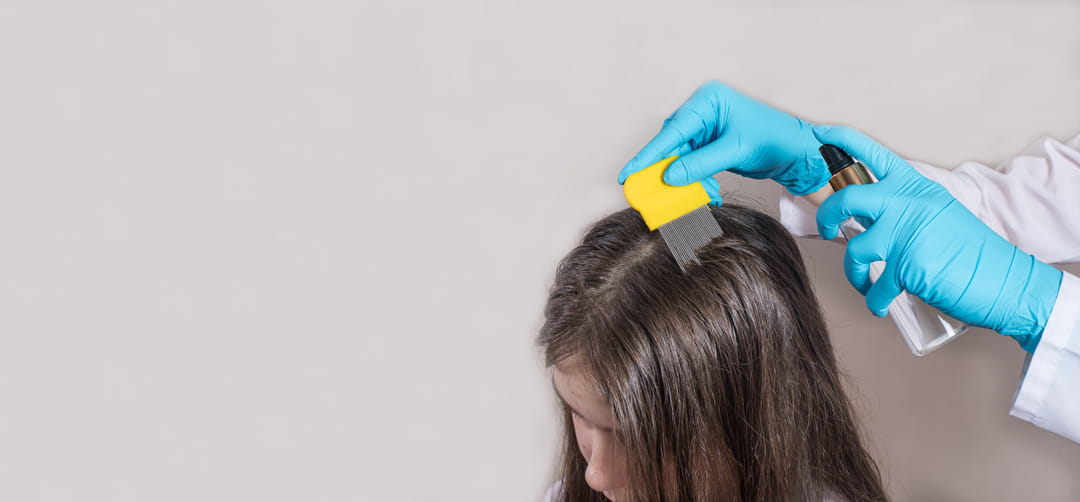Every year, children’s heads are invaded by lice and some seem to attract them more than others.
At school, one of the problems most feared by parents is lice. These little creatures look for blood under the skin and use the hair to hold on and not be expelled. This is why it can be itchy. When two heads meet, lice can move from one to the other, but be aware that they do not jump, contrary to popular belief. They can also recover on cushions or headrests. They also multiply quickly in the form of nits: each female louse can lay up to 10 eggs per day. These parasites circulate all year round and there is no specific period, apart from school periods and winter, which are more conducive to the coming together of the little ones.
To treat them, it is often recommended to use a lice comb which has very fine teeth. Products can also be used, but you must follow the application instructions carefully: “Be careful to respect the application time. We only count down after having distributed the product over the entire hair. And we only comb after washing the hair. Also remember to treat the comb beforehand with boiling water”, details, from the Voice of the Northspecialist Berthine Toubaté, who studies lice in a laboratory at the University of Tours.

Lice also have small preferences in terms of hair. According to the specialist, this has nothing to do with having dirty hair. Lice affect girls more often because they can exchange scrunchies or headbands and generally have longer hair: “Lice like their long hair to hold on to and move from one head to another,” explains the expert. It could also be a matter of skin odor and hormones.
If lice are often found in elementary schools, adolescents can also be very affected and often by larger infestations. Having a lower sensitivity to itching, they are less aware that they have it in their hair, giving the lice time to multiply. “The main symptom of lice invasion is itching. However, adolescents are less sensitive to it: during the growth period, you can start scratching only one, two, or even three months after the arrival of the insects.” explains Virginie Thoby, biochemist and professional skin remover, to France 3.
If the lack of prevention among adolescents can explain this phenomenon, another, more unusual cause has also been put forward: selfies which are also responsible for the exchange of lice. “Phone screens are not wide, so they have to stick together to take the photo,” assures the specialist. An ideal situation to allow small insects to pass from head to head.
